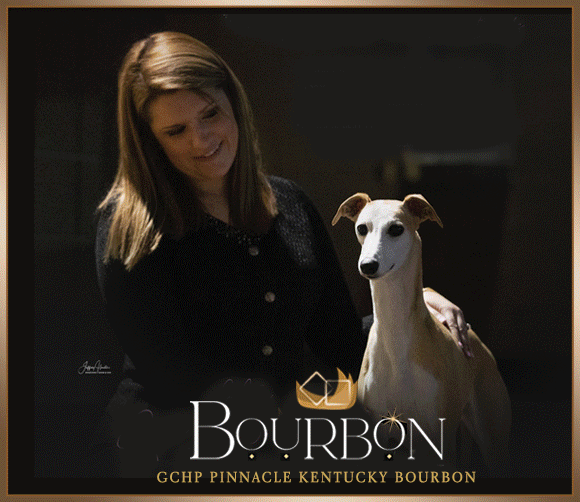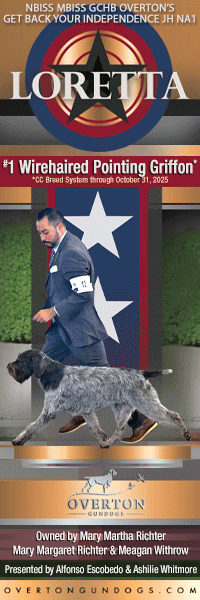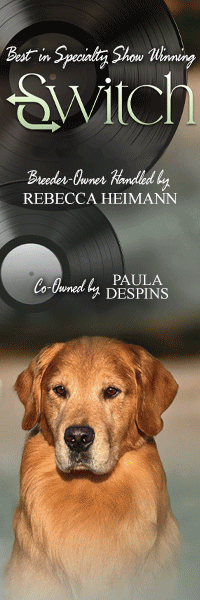Teaching An Old Dog New Tricks
Click here to read the complete article
92 – August, 2020
 By Chris Robinson
By Chris Robinson
There’s a saying that you can’t teach an old dog new tricks. It’s a common phrase that means it is challenging to teach something or someone something new if that person or animal has been doing things a certain way for so long that they’re too stubborn to learn how to do it differently. While that’s not exactly true of old dogs, it can be a bit more difficult and take more patience to teach an old dog something new. But it’s even more difficult and time consuming when the “old dog” is actually the dog’s owner or his professional trainer, Craig Klein, who isn’t old but like me is accustomed to training dogs a certain way, and the result was that both of us have had to learn a bunch of “new tricks.”
I’ve been training sporting dogs for field work for more years than I care to acknowledge and quite successfully, I might add, since my dogs or dogs I have trained and handled have earned more than 50 American or Canadian field titles including some at the master level. I’ve also “dabbled” in obedience having put more than a dozen American or Canadian titles on my dogs all the way through utility. While my work has mainly been with retrievers, and Chesapeake Bay Retrievers at that, I’ve also trained some Brittanys, a couple of other pointing breeds and a couple of spaniels. All were trained, more or less, using dominance-based and compulsion training techniques. Then along came Bo, a dog so “soft” that he can’t be forced to do anything but rather must be persuaded to do everything.
I’ll admit that Bobby, Bo’s immediate predecessor, had already required some significant changes in how anyone worked with him because he was pretty soft and couldn’t handle much in the way of corrections but Bob could be coerced into doing something if being nice failed. Bobby could tolerate at least a little bit of the “my way or the highway” treatment. Not Bo. If anyone tried to compel him to do something, he would simply freeze up and shut down. Even the mildest correction would shake him although he has gotten better about accepting correction as he has matured. He is perfectly confident when he is being successful but if he made a mistake and we held him accountable, instead of reacting like a “hard” dog and shrugging it off with an “Okay, you’re upset so what DO you want” attitude, he reacted with “Please don’t be mad. I’m sorry. I won’t do anything.” He definitely is not a dog you can grab by the loose skin on his neck, raise to eye level and bellow imprecations at when he disobeys. What this meant, in the words of Forrest Gump, was, just like that, virtually everything either I or Craig knew about dog training became inoperative! So, if something like this happens with you and your dog, what should you do? Here are some of the “new tricks” we’ve had to learn working with Bo.
Click here to read the complete article
92 – August, 2020

Short URL: https://caninechronicle.com/?p=188313
Comments are closed











